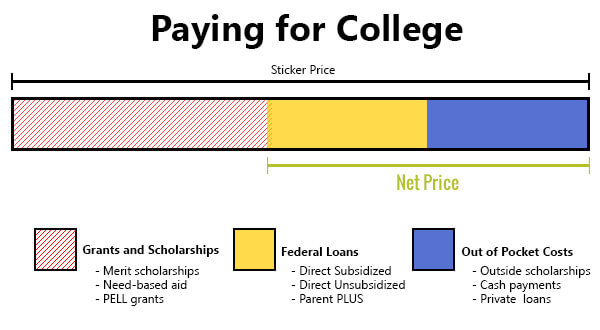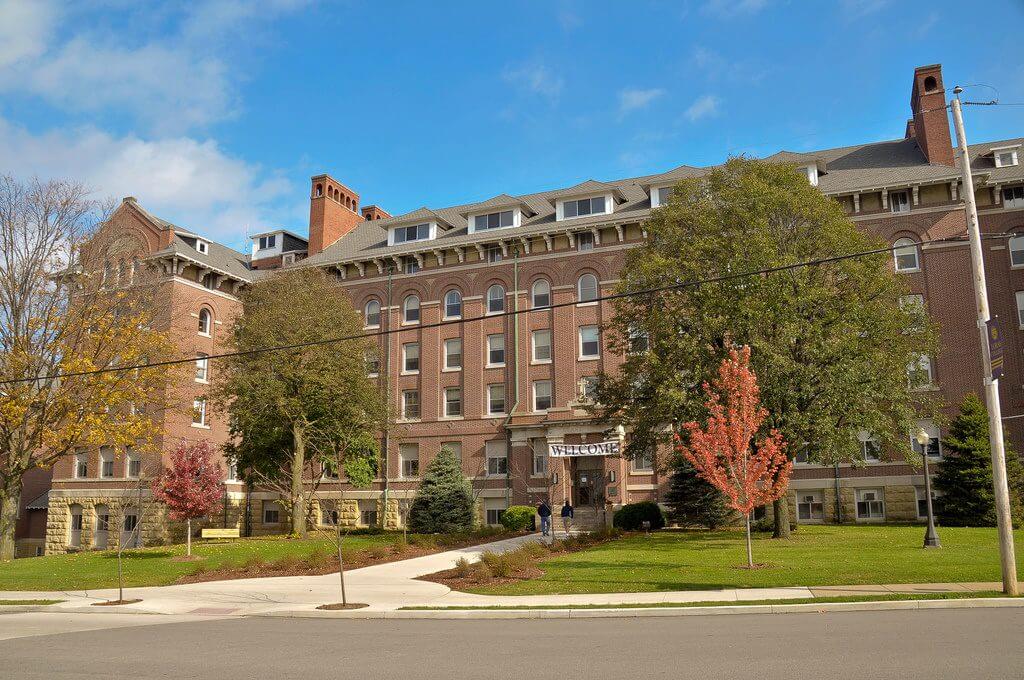Many college students–convinced that state colleges are cheaper–make the mistake of limiting their college search to in-state public colleges. For some students, an in-state public university may be the best choice. But, others risk attending a college that’s not a great fit by limiting their options without knowing the real cost of all their options.
Are in-state public colleges actually more affordable?
The short answer is: not always.
Some public colleges offer significantly lower sticker prices for in-state students than private colleges or out-of-state public schools, but this isn’t always the case. The sticker price at the University of Illinois is about $32,000 for in-state students. That’s actually more than the average NET sticker price to attend an out-of-state public college or a private college.
Net price versus Sticker price

In addition, public colleges generally award smaller and fewer scholarships than private colleges.
This means the net price of private colleges–or how much it actually costs an individual to attend a college–is often much closer to (or even less than) the sticker price at public schools. In fact, private colleges award on average 10 times as much money in grant aid than public colleges.
So while an in-state public college may appear to be the most affordable option, it’s often not the only option, nor the most affordable for your student and family.
Instead of assuming that public colleges will be more affordable, use College Raptor’s college match to see which colleges may actually be most affordable for you, based on net price rather than sticker price.

Public colleges vs Private colleges: Campus fit

University of Chicago campus. Photo via Flickr.
Cost is no doubt an important factor in the college search equation. But fit is also a vital part of choosing the right school.
Generally, public universities tend be larger and have much different campus feel than private colleges.
Large public universities are a great environment for some types of students. The sheer size of these colleges can bring with it certain advantages (access to certain opportunities) but also some disadvantages, like very large lecture classes and a longer lead time to get access to things like undergraduate research.
Weigh the advantages and disadvantages of the schools you’re considering and always get an idea of what a school is likely to cost you and your family before ruling anything out.





